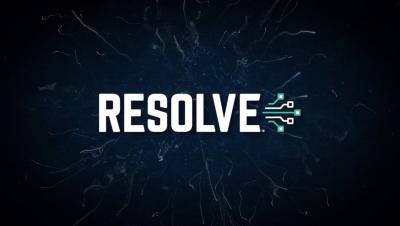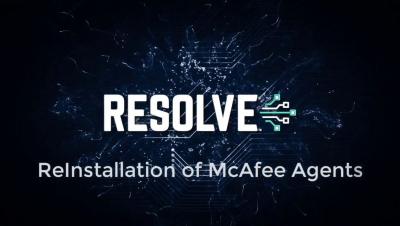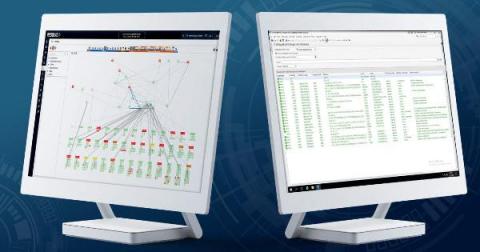Operations | Monitoring | ITSM | DevOps | Cloud
Resolve
Improving Network Performance and Agility with Automation and AIOps
In today’s digital world, a business’ success is inextricably tied to its ability to meet customer demands and rising expectations for quality, performance, responsiveness, and innovation. Digital transformation is no longer an optional add-on to help an organization stand out in a saturated market. It is a necessity for businesses hoping to keep up with fierce competition.
Resolve
Resolve Insights Integration with Cherwell
3 Things We Learned from EMA About AIOps and the Automation Handshake
AIOps is the trendy cool new kid on the block in the IT operations world. No doubt about it. However, with all the buzz surrounding AIOps, it’s easy to skip over some of the basics. How many IT operations professionals can clearly define what AIOps is? Beyond the baseline definition, why should you care? What about plugging it into your existing automation and analytics ecosystem?
Taming the CMDB Beast is Finally Within Reach
Managing IT infrastructure today can feel like a game of Tetris. Operations staff are constantly managing the addition of new pieces, trying to quickly determine how to best position them while the clock is ticking before the next round drops. Ultimately, decisions made early on impact what comes later and vice versa.
The Google Maps of Hybrid IT Environments
Imagine you’ve flown into an unfamiliar city. You may have no idea how to get to your hotel or where to grab lunch. But no worries, right? You just open up your trusty Google Maps, and instantly you know where to go and what’s available along the way. Google Maps even warns you about traffic conditions, so you can steer clear of trouble. Now compare that situation to managing your hybrid IT environment.










